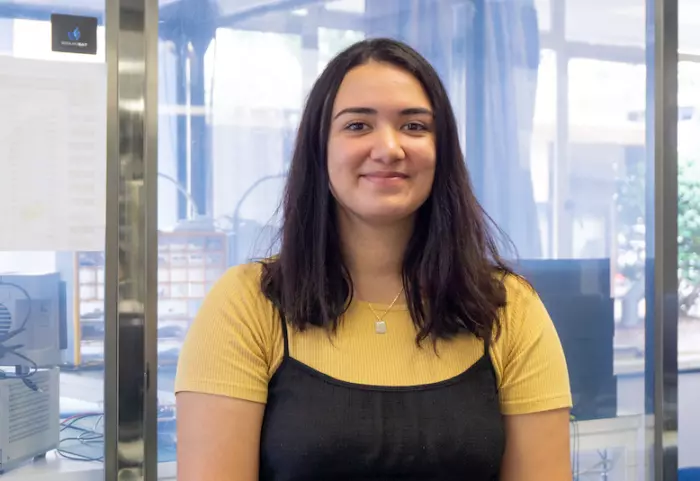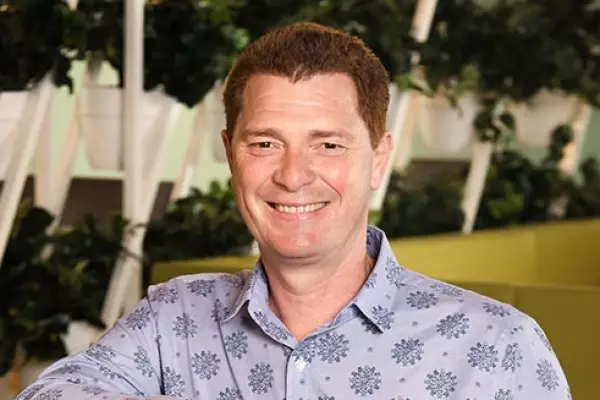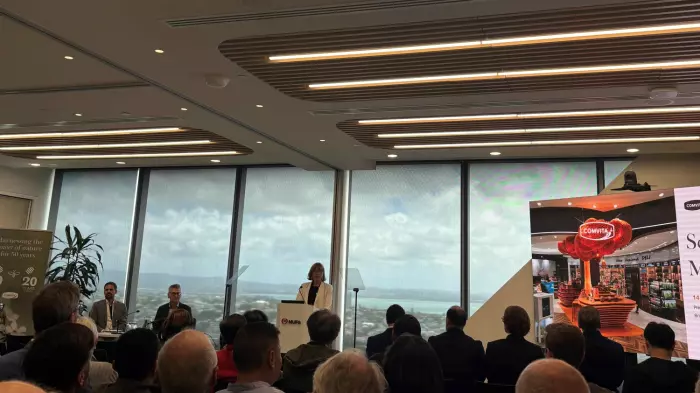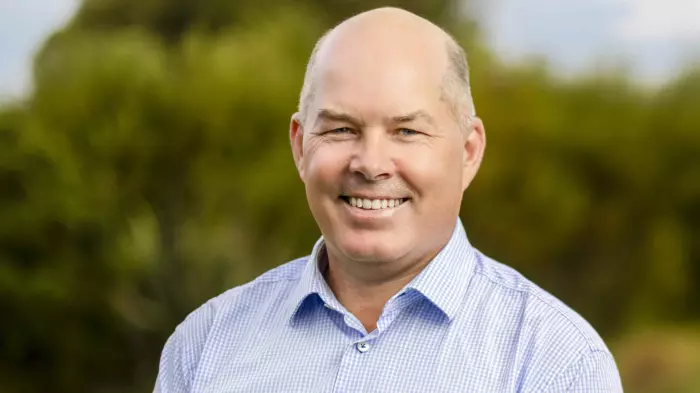Astrix Astronautics, a satellite startup founded by three Auckland University students, has raised $500,000 in a pre-seed funding round that includes backing from Rocket Lab.
The round was led by Outset Ventures, with Icehouse Ventures and Stephen Tindall’s K1W1 the other named backers.
Rocket Lab founder Peter Beck sits on Astrix’s board and has let the fledgling company work from Rocket Lab headquarters in Auckland since February.
Astrix’s first payload is set to launch in July onboard one of Rocket Lab’s Electron rocket rideshare missions to prove the technology can deploy in space.
“The pace of the space industry is rapidly accelerating, and we need more companies like Astrix setting out to help the thousands of businesses relying on satellites to advance their missions,” Beck said.
The future launch will follow a reportedly successful test in a vacuum chamber at Rocket Lab earlier this year.
Chief executive Fia Jones, a lifelong space fanatic, founded Astrix in January with fellow students Will Hunter, chief technology officer, and Max Daniels, research and development engineer. Jones owns 49% of the company, Hunter 37% and Daniels 14%.
Jones is just 21-years-old, and has put her physics degree on hold after two-and-a-half years of study so as not to lose the opportunity to shoot for the stars.
She spoke to BusinessDesk about her whirlwind first few months in New Zealand’s space game and the problem Astrix is trying to solve.
“Small satellites right now are very power hungry and the solutions for that, like high power systems, are very unreliable. They are very mechanical and bulky, and they rely on multiple moving parts."
Instead, Astrix built an inflatable deployment system that takes away all the moving parts.
“It’s essentially a much more reliable, high power system that deploys a lot of solar panels.”
She said the funds raised will be put into tackling research and development risks and to build Astrix’s product to make it commercially viable, with one added complication.
“They build their own power systems right now,” Jones says of established satellite builders.
“We want to be able to provide them with high power systems that are reliable, that they can very easily integrate into their own satellite. So, in some sense, our competition and our customers are the same people.”
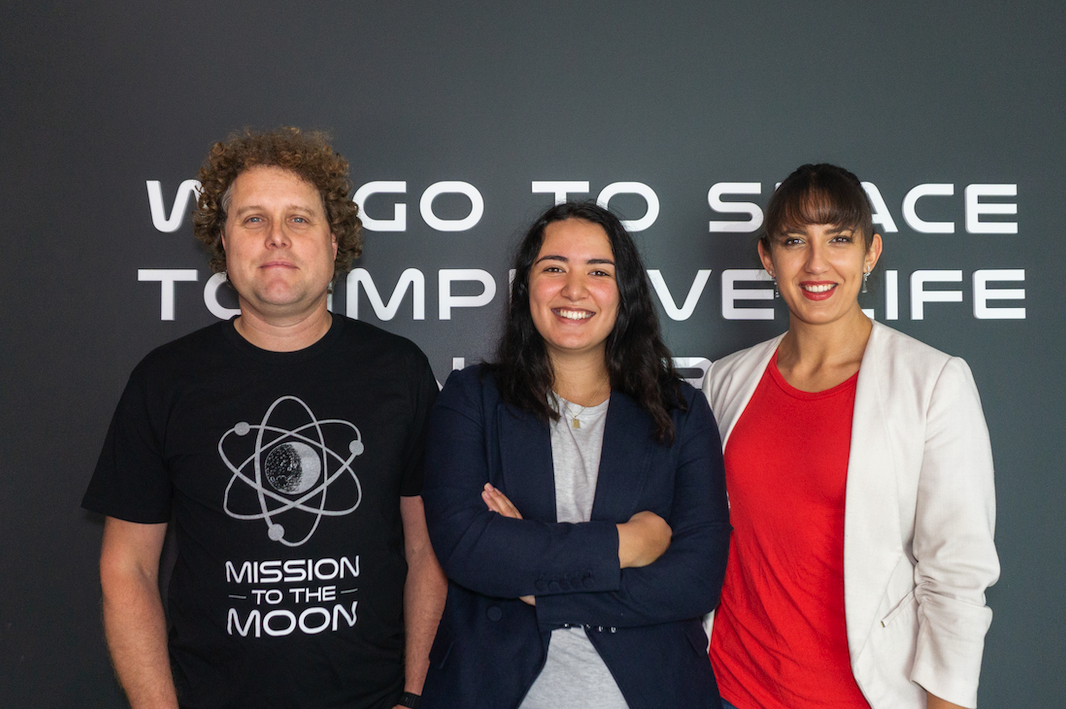 Peter Beck, Fia Jones, Imche Fourie
Peter Beck, Fia Jones, Imche FourieBlowing up
While studying physics at Auckland University, Jones entered the Auckland Programme for Space Systems, a competition where students are tasked to find “a way to benefit humanity from space,” according to Jones. No pressure then.
When power kept coming up as the biggest problem, Jones knew she was onto something.
“Inflatables have been used in space before, but power systems are vital for satellite missions and space is really risk-averse. So even though you could have better solutions, satellite builders would rather opt for traditional systems.”
She met Beck early on in her venture and explained the inflatable idea to him. He quickly came on board as an advisor and invested $15,000 via a convertible note (through Icehouse Ventures and K1W1).
Jones also caught the eye of Outset Ventures’ chief executive Imche Fourie, who described the young scientist as passionate with formidable drive.
Jones said Fourie encouraged her to think commercially to push Astrix into the market as soon as possible.
In line with that sense of urgency, Astrix’s July launch on a Rocket Lab rideshare mission just seven months after the company was founded is no mean feat.
“This rideshare is actually free, it’s technically a gift,” Jones said, admitting Beck has been a huge help in getting the company moving – and learning.
“He absolutely lets me learn from my mistakes,” she said.
“Sometimes I tell him about my plans, and he says, ‘great, go do it.' Then I come back and say, ‘that was terrible, that didn’t work, did you know that wasn’t going to work?’ And he says ‘Yeah, but you were going to figure it out.’
“He’s trying to teach me that a lot of the time it’s really important to get started, and then you’ll figure it out from there.”


